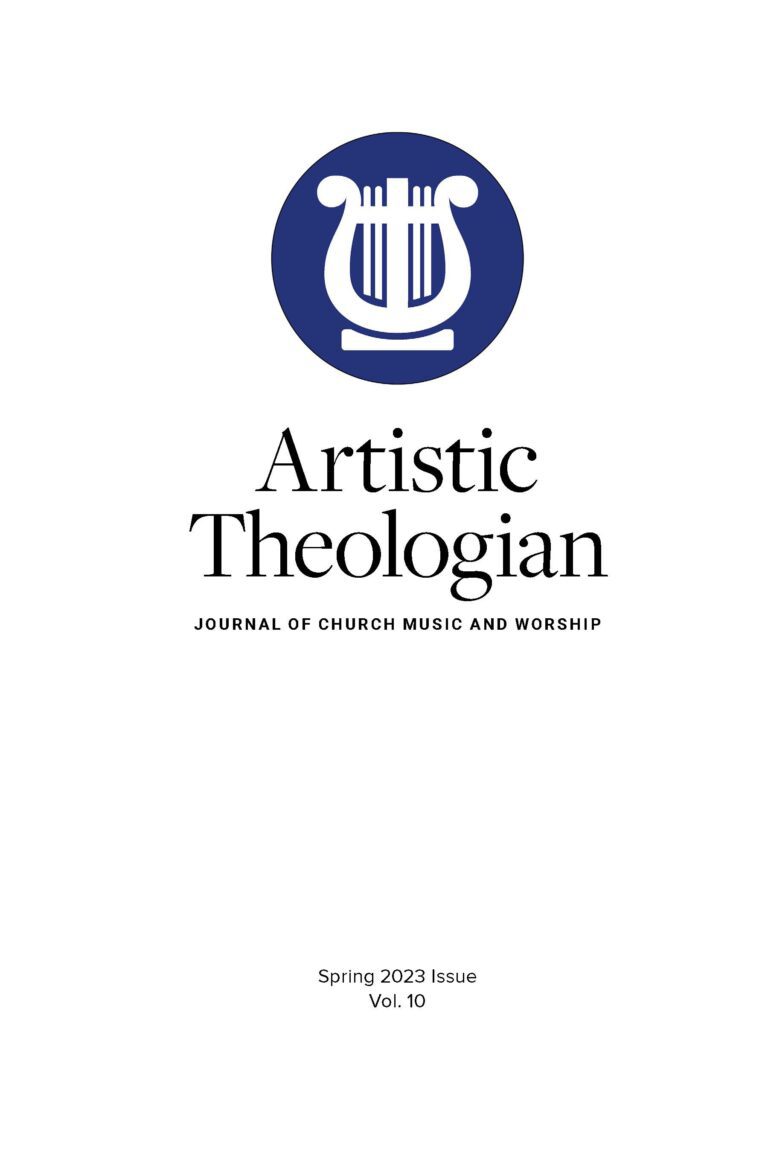
Taylor, W. David O. The Theater of God’s Glory: Calvin, Creation, and the Liturgical Arts. Grand Rapids: William B. Eerdmans Publishing Company, 2017. 240 pp. $31.50.
The Reformers’ views of liturgy and music are often considered settled research. Luther supported singing and musical instruments in corporate worship, Calvin supported singing but not instruments for worship, and Zwingli allowed no music whatsoever in worship. However, David Taylor offers a new view of Calvin and worship by exploring his views of the arts in worship and contrasting them with his views on the Trinity and Creation.
In The Theater of God’s Glory: Calvin, Creation, and the Liturgical Arts, W. David O. Taylor finds inconsistencies and draws conclusions from Calvin’s own works to support the inclusion of the arts in worship. Taylor pits Calvin against Calvin to tear down his opposition to the arts in worship. Taylor’s goal is to “examine Calvin’s Trinitarian Theology as it intersects his theology of materiality to argue for a positive theological account of the liturgical arts” (5). Rather than a historical examination, Taylor probes Calvin’s own theological writings to develop and support this thesis.
Calvin believed the faithful needed nothing more than preaching and the Scriptures to worship God rightly. Anything additional was an accommodation to human weakness. Taylor points to four areas stressed by Calvin, noting, “the church’s worship should be (1) devoid of the ‘figures and shadows’ that marked Israel’s praise and should emphasize instead a (2) ‘spiritual,’ (3) ‘simple,’ and (4) ‘articulate’ worship, suitable to a new covenantal era” (5). Instrumental music and other artistic expressions would fall into the category of figures and shadows. They were allowed before Christ, but since Christ has come, they are no longer necessary for worship. The only music allowed by Calvin is unaccompanied metrical psalmody (15).
In the opening chapter, Taylor moves directly to Calvin’s inconsistencies regarding the use of instruments. On the affirmative side, “they incite the heart to exuberant praise: they express ardent affection for God, they stimulate increased devotion to God” (16). Yet Calvin also states, “musical instruments risk contaminating the true praise of God” (18). Chapter 2 introduces Calvin’s five roles of creation: (1) an epiphanic role, (2) an aesthetic role, (3) a pedagogical role, (4) an admonitory role, and (5) a doxological role (36). Calvin concludes that creation was designed for worship.
Chapter 3 explores the use of material symbols to signify or represent the presence of the Lord in both the Old and New Testaments. The question that arises for Taylor is the issue of continuity, which he addresses in Chapters 4 and 5. Taylor writes, “Calvin fails to see how throughout Scripture creation provides the mediation context for all enactments of public worship, now and in the age to come. He likewise fails to press to its logical conclusion the mediating work of Christ and the Spirit in all activities proper to the human creature” (71).
Taylor counters Calvin’s views on each point regarding New Testament worship with ideas and quotations from Calvin, which make his position on music and the arts in worship appear short-sighted at best and hypocritical at worst. For example, creation, according to Calvin, is designed both to point to the glory of God and to be enjoyed. Taylor notes, “Calvin also believes that a delight in earthly things may lead to a delight in heavenly things” (41). Created symbols were an integral part of Old Testament worship, and Calvin viewed them as a physical testimony of God’s grace.
Calvin dismisses the role of created symbols in the church as he is more concerned that people will cling to earthly things. Taylor writes, “I propose . . . that Calvin’s original instincts about creation were the right ones, even if he failed to carry them far enough” (75).
Taylor analyzes Calvin’s view of material creation and materiality in public worship through a Trinitarian lens. Taylor writes, “The human body in its most fundamental sense is both a corpus Christi and a corpus ecclesiasticus” (129). We are the body of Christ and a gathered body. Taylor points to two doctrines held by Calvin as evidence that physical materiality is not entirely corrupt: (1) salvation being impossible without the physical body of Jesus Christ and (2) the indwelling of the Holy Spirit into the physical bodies of believers. Taylor finishes his argument by working through John’s Gospel and its approach to materiality.
Taylor’s reasoning is sound, and his point that Calvin is setting up a false dichotomy is persuasive. Calvin’s views on creation are vastly different from those on creation (material forms) in worship. While Calvin is rightly concerned about human nature and our tendency toward idolatry, he inappropriately discounts the goodness of creation. One of Taylor’s strongest points is that “the primary theological language of the New Testament is heaven on earth, not heaven against earth” (84). Taylor is generally sympathetic to Calvin’s theology, supporting in broad form the teachings of Calvin. However, Taylor takes Calvin’s creation views much further than Calvin himself toward accepting physical materiality in worship, pressing Calvin’s own teaching to its logical conclusion despite Calvin’s opposition to the use of arts in worship.
Taylor carefully articulates the views of Calvin on creation, worship, and the Trinity as well as his view on materiality in worship. He helpfully points to the views Calvin holds, which are incongruent with one another, explaining why Calvin’s view of creation and the Trinity should have more significant influence over his view of worship. While it would be inaccurate to say Calvin argued for the inclusion of the arts in worship, I believe Taylor is correct in arguing that Calvin’s theology supports their presence in worship. This book is important, challenging long-held views of Calvin’s theology of worship. Reformation scholars, those interested in Reformed worship, worship leaders, and Christians involved in the arts would benefit from its teachings.





